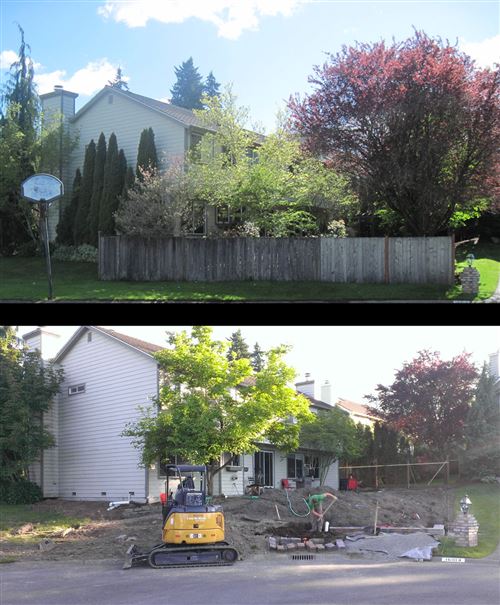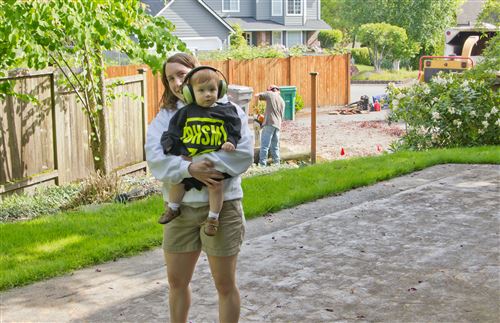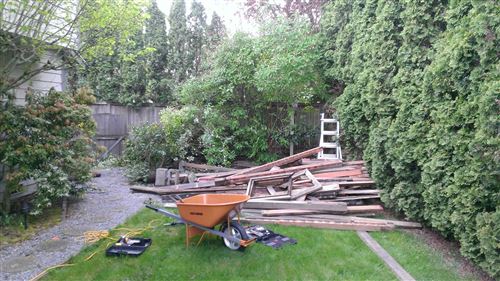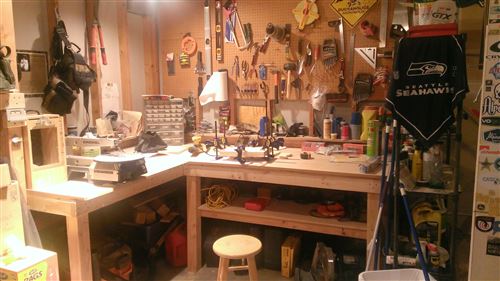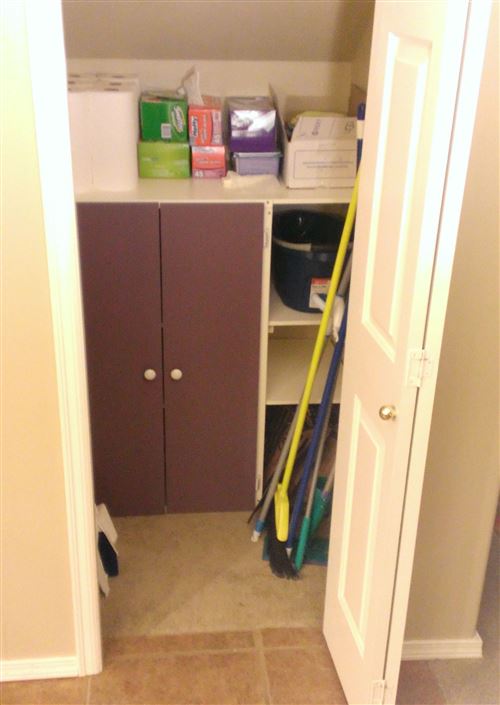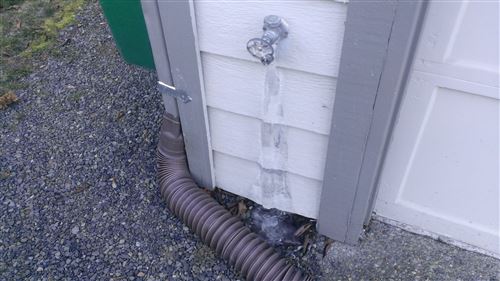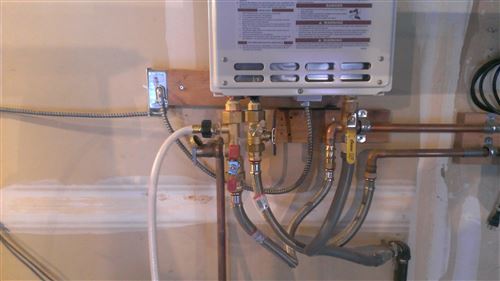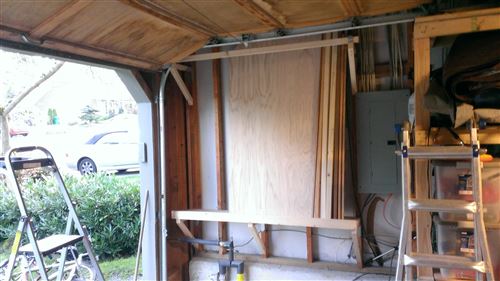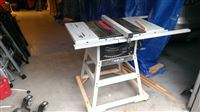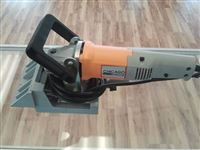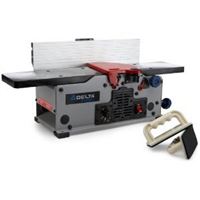From the moment we looked at the house, Tyla and I have had some dreams about improving our yard. We’re both used to huge lots in the Midwest so having 1/6th of an acre (which is a big lot in this area!) feels constricting. On top of that, lots of the plants were overgrown and the yard was in two tiers making the useable space even smaller. And on top of that, drainage was terrible so the yard was muddy a lot. Now that Elijah is walking, we really wanted to give him a place that was dry and safe to play in.
Thankfully, TimS does this kind of thing for a living and was willing to help us out in his free time. It’s a massive project but we’re trying to knock a lot of it out in just two weeks. Here’s what we’ve done to this point:
- Remove the trees.
- Remove all sod in the back yard, all remaining bushes and plants, and the fence. This took two dump runs with a big dual axle dump trailer and one concrete recycling trip with that trailer. Thanks to Don for loaning us his truck so we could pull that trailer!
- Build a retaining wall along the northeast corner of our lot. Fill in dirt to raise that corner up about three feet to level out the back yard.
- Build a new fence.
- Add French drains along the west side of our lot to catch water flowing down the hill as it hits our property. Add drains behind the retaining wall. Tie the downspouts into the drain.
- Add an irrigation system.
We’re making great progress. All of the demolition happened last Friday on Day 1 of the project. We rented an excavator, and with Tim at the controls the work got done quickly. Since then we’ve been digging postholes (thanks Don and Logan!), building the retaining wall and building the fence. The goal is to get the wall done this week and then rent a machine to trench and move dirt around this weekend.
It’s a massive project but so far it’s going pretty smoothly. The only set back so far has been cutting the Comcast and telephone lines. They were wrapped around and through a big tree stump that we were trying to remove. Oops! If that’s the only problem we have, I’ll be thrilled!
Tyla has the hardest job of all. Normally when I come home I try to take care of Elijah and give her a break and I try to do a lot of that on the weekends too. With me being out in the yard working every minute I’m awake at home, she’s on full time baby duty. This project couldn’t happen without her. Thank you Tyla!
Below you’ll find a timelapse video for our demolition day. Unfortunately both of my GoPros ran out before we got the stump out, but we did get it before the day was over.
And here is a comparison of what the yard looked like before and what it looks like now.
